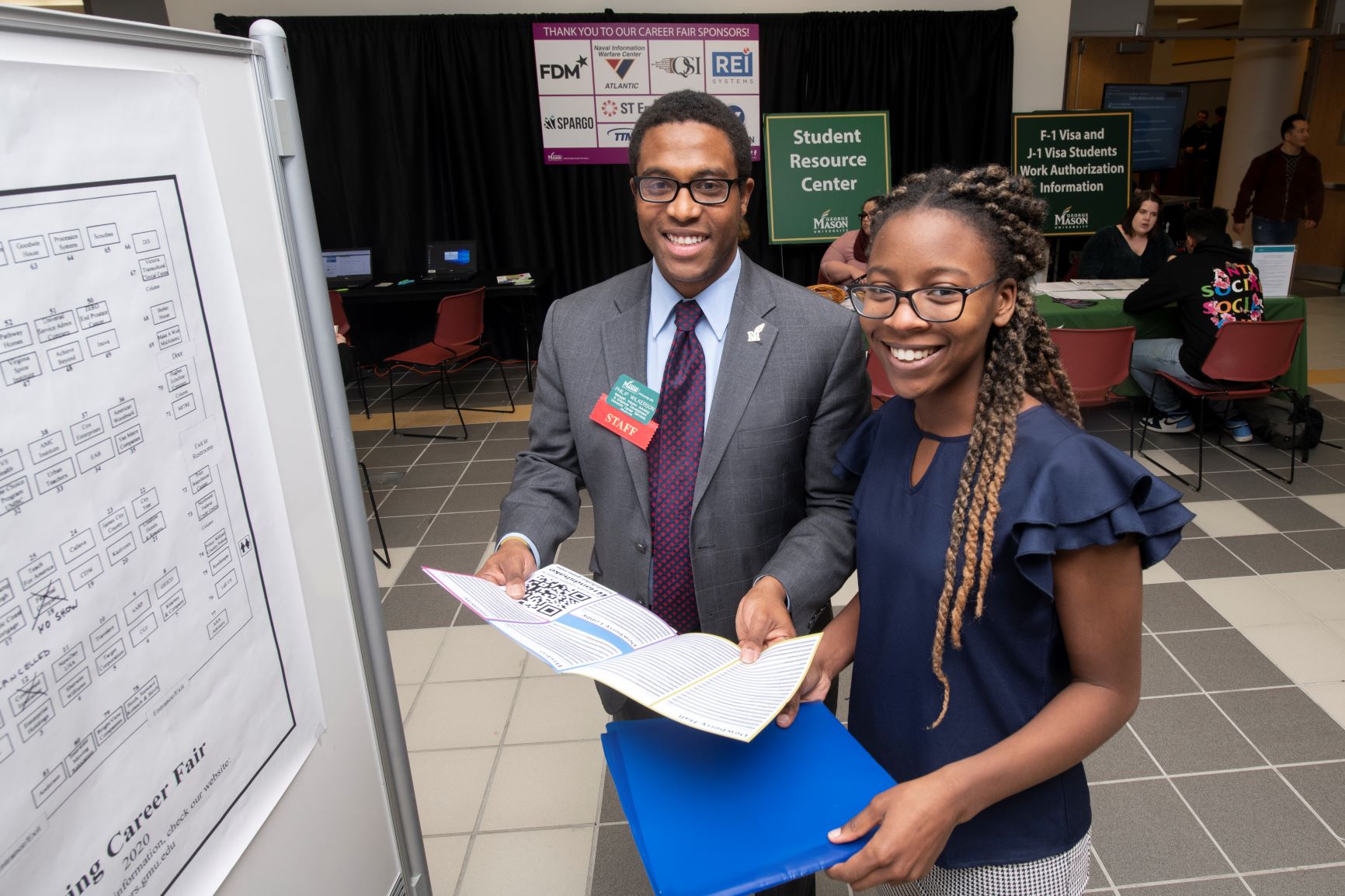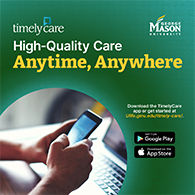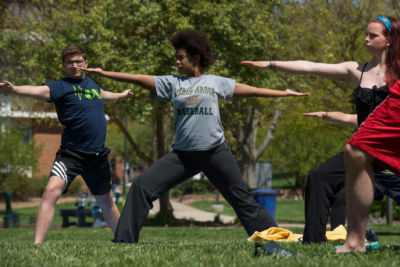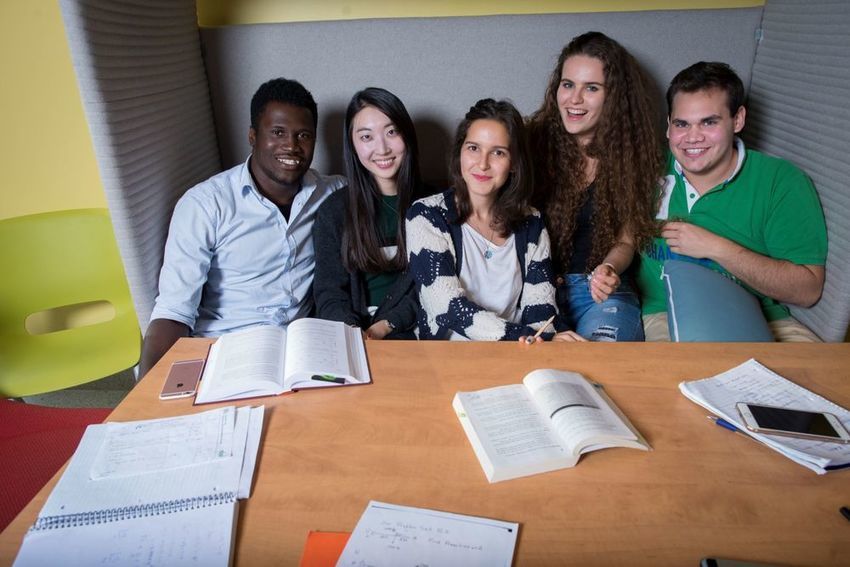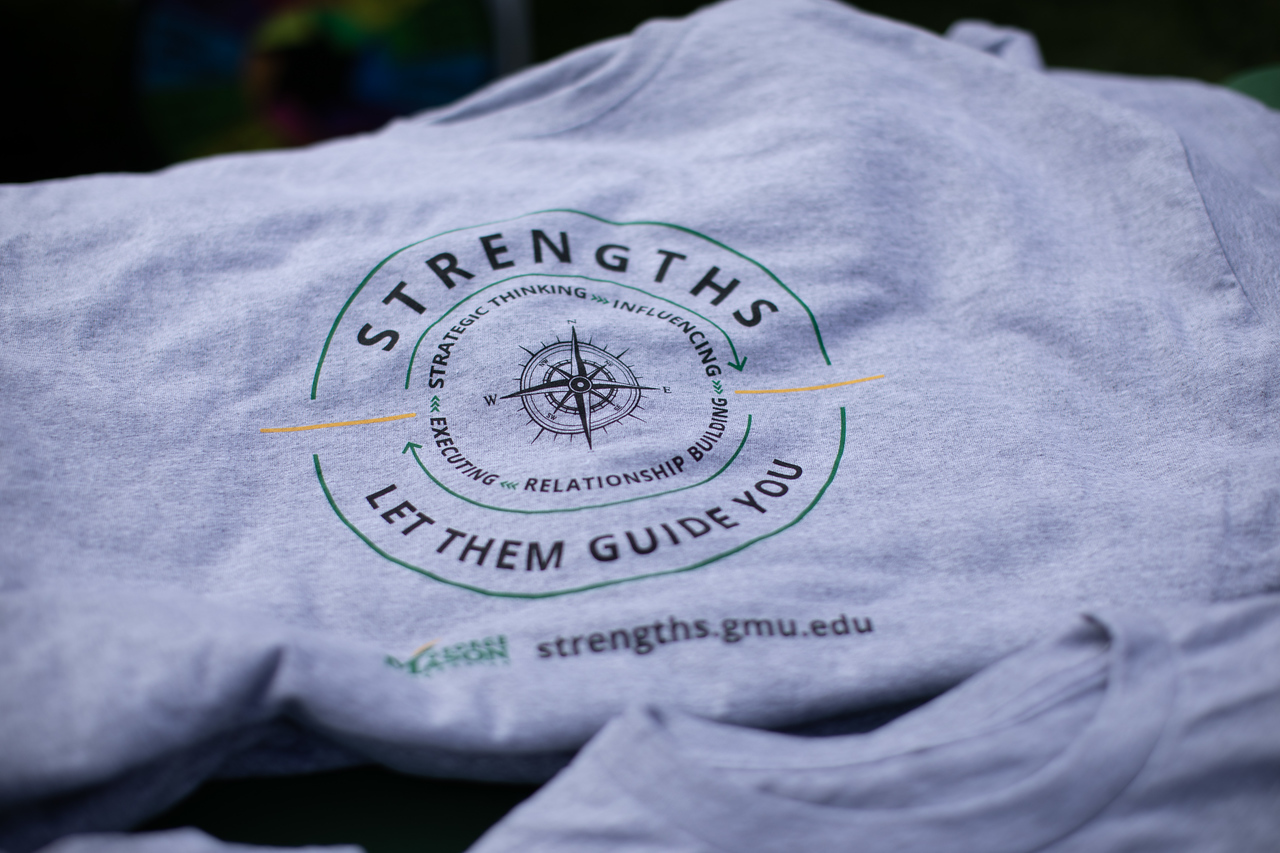By: Rita Gigliotti, Graduate Teaching Assistant, Reva and Sid Dewberry School of Music, College of Visual and Performing Arts and Director of Mason’s Healing Arts Ensemble
“Frequency + Intent = Healing.” – Jonathan Goldman
Our world is full of stress. As we manage stress from day to day, we need to find ways to release it regularly for our well-being. One powerful and enjoyable way to do so is through music. Music is a form of medicine. Here’s why we can experience stress relief and healing through music – and how Mason’s Music for Well-Being program helps Mason students do so.
Many of us are dealing with chronic stress. Hans Selye first coined the term “stress” in 1936 and defined it as “the non-specific response of the body to any demand for change” (Szabo, et al., 2017). A research article in the Journal of Public Health Issues and Practices discusses the disruptive role chronic stress plays in dysregulating the human body. Chronic stress on the body has been linked to numerous health problems, including cardiovascular disease, diabetes, anxiety, depression, and addiction. This article goes on to describe where stress comes from in our daily lives through the Systems Theory and System of Stress (Goldsby et al., 2021).
While we can’t avoid all stress, we can release it successfully through music. Musical vibration, coupled with intention, reaches the very center of every cell in our bodies and extends out to our biofields, which extend outward about eight feet around each of us. There are many ways we experience music, but one unanimous fact is that when we do, it makes us feel something.
This is no coincidence. One form of music that supports our health and well-being is a sound bath. This type of music is created with singing crystal and Tibetan bowls, flute, drums, and often the human voice. A 2022 study shows that the use of sound baths (listening to crystal and Tibetan singing bowls) has a strong correlation with reducing stress on the body, and is therefore a viable way of improving well-being. YouTube offers many options for sound baths, but one site I prefer is InsightTimer. There is a mobile app for this site, as well. Simply click on the search tool in the upper right corner and type in “sound healing.” You will see hundreds of options. I start each day by listening to a sound bath.
Often, I couple my listening with humming, which also helps me find an entry point to meditation. The Humming Effect by Jonathan Goldman, a pioneer in the field of sound healing and harmonics, discusses the health benefits and healing power of humming. A research study published in Pub Med by Weitzberg and Lundberg (2022) confirms that humming greatly increases nasal nitric oxide. Nitric oxide is also produced during meditation. Using humming with meditation is known to offer powerful positive benefits to our well-being. Nitric oxide is known to be an antiviral, antifungal, and antibacterial agent created in the paranasal sinuses and carried to the lungs during breathing. It is also a bronchodilator and a vasodilator. Vasodilation improves oxygenation throughout our entire body. The best part about The Humming Effect is that you do not need to be a singer or a musician to participate in or benefit from this well-being therapy. The Humming Effect video on YouTube with Jonathan and Andi Goldman explains how to practice humming to improve well-being.
The Foundation for Alternative and Integrative Medicine website explores a diverse variety of other complementary healing therapies we can use along with music.
Mason’s Music for Well-Being Program
Mason offers all students the opportunity to learn about music and healing through its Music for Well-Being program in the Dewberry School of Music. The program includes the Music for Well-Being Minor and the Music for Well-Being Graduate Certificate. Undergraduate students can pursue the Music for Well-Being Minor even if they have only minimal formal musical training, while graduate students can earn the Music for Well-Being Graduate Certificate on either a part-time or full-time basis. The Music for Well-Being program is accessible to every single student at Mason – regardless of previous musical training. The courses can be taken as separate electives for Mason Core, or in succession as an undergraduate minor. Additionally, the graduate certificate program can align as a cognate area or stand alone as a non-diploma program.
The program was founded by Dr. Glenn Smith. The coursework for this program includes multi-level classes in Music as a Healing Art, Music and Consciousness, and participation in the Healing Arts Ensemble, the signature performing group for the university program in Music for Well-Being. The ensemble features a wide variety of musical instruments, exotic percussion, and pure quartz crystal singing bowls – all played with a focused, healing intent.
I currently teach the coursework for the Music for Well-Being program and direct the Healing Arts Ensemble. It has been significantly rewarding to share this work with our Mason students. Here is what some of our students who are currently ensemble members have to say about their experiences:
“I appreciate how kind this class is to each other. We build off of each other’s music and energy. … No one is left out. I’ve applied breathing exercises and stretching before my applied music lessons. This has helped me so much with loosening up my muscles and clearing my headspace. Meditating in the Healing Arts Ensemble right after my statistics class has been a great thing to look forward to each Wednesday.” – Angelina Rubi, undergraduate Music major
“I wish this had been available to me in my undergraduate studies many years ago. My experience as a classically trained oboe player was so confined to ‘getting it right.’ I think I would have found freedom that allowed growth if I had been part of the Healing Arts Ensemble back then.” – Annie W., graduate student in the Advanced Studies for Teaching and Learning program
“I learned about the power of affirmations and how negative thoughts/statements we say to each other affect us the same as positive affirmations and thoughts do.” – Santhoshi K., undergraduate Neuroscience and Music double major
Additional Resources
Learn more about Mason’s Music for Well-Being program by contacting Rita Gigliotti at [email protected].
This Johns Hopkins University Medicine article examines how to harness the healing power of music.
This Harvard Health blog discusses the health benefits of music.
These Greater Good Science Center articles explore the diverse well-being benefits of music.
Write one of these Thriving Together Series features! We’re looking for contributions on all topics related to well-being. Read other Thriving Together Series articles here and contact us at [email protected] for guidelines. Thank you for helping our Mason community thrive together online!






